Warsaw Mummy Project is the largest scientific venture ever undertaken in Poland to study the mummies belonging to the collection of the National Museum in Warsaw. We would like to closer present the details behind the research of one of Archaeofeed’s 2016 Archaeology Award winners.

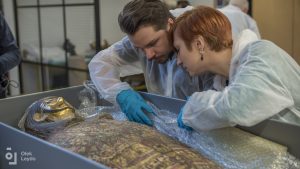
The project is an archaeological investigation of over 40 mummies of humans and animals, in fact the whole mummy collection of the museum, with use of modern techniques. The researchers focus on the non-invasive aspect of the study during the project’s run. The project involves careful archaeological, bioarchaeological, and medical examination of the mummies and the remains inside them with all methods normally applied in such studies and new methods developed by the specialists from the research team. The scientific investigation involves such techniques as X-ray radiography (RTG) and Computed Tomography (CT scans). Moreover, part of the investigation consists of microinvasive studies that do not alter the condition and values of the artefacts.


The mummies underwent non-invasive research in the Affidea clinic in Otwock, where a team of archaeologists leading the project – Kamila Braulińska, Marzena Ożarek-Szilke, and Wojciech Ejsmond – together with a group of doctors, radiologists, and museum’s conservators overlooked the RTG and CT scans of the artefacts. Over 250000 images of the mummies were taken and are at present being examined.
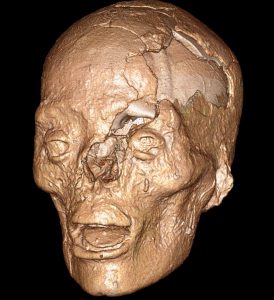

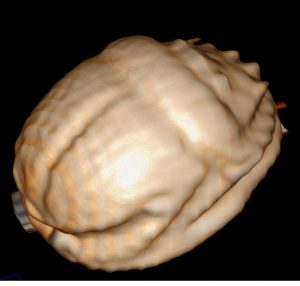
The initial results of the study were presented in August 2016 during the 9th World Congress on Mummy Studies in Lima, Peru. Initial scans already revealed numerous amulets and various artefacts being wrapped within the mummies’ bandages. One of the most significant discoveries so far involved solving the identity of the mummy of an individual believed to be an Egyptian priest named Hor-Jehuti. The object was brought to Poland in 19th century as a female mummy and later, after the study of the cartonnage, the gender identification was changed to male, as belonging to the male priest mentioned in the inscriptions. Finally, the scans revealed that in fact the remains without a doubt belong to a female individual.

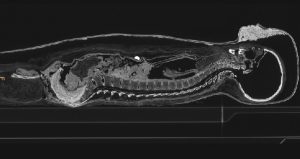
The scientists also confirmed that in the cartonnage of a ram, which is a deposit from the Louvre Museum in Paris, France, indeed contains the remains of the animal. So did the small mummy of a crocodile. Among the studied material one case of a “fake mummy”, an object wrapped in bandages but not containing any remains, was discovered within the collection of the National Museum in Warsaw.


One of the projects aims is also popularisation of archaeology and the discoveries in Polish and foreign media. The project’s coordinators claim that within the three first months since its start over 200 various media – including BBC and National Geographic – covered and shared the stories involving the scientific investigation and its initial results.
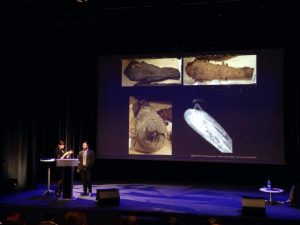
(after Warsaw Mummy Project)
Project’s site: http://www.warsawmummyproject.com
Project’s blog: http://blog.warsawmummyproject.com
Facebook account: http://www.facebook.com/warsawmummyproject
Twitter account: http://twitter.com/warsaw_mummy
Previous entries on Archaeofeed: